Are Heated Vests Safe?

Sub-zero temperatures are hard to tackle, and majority people opt for heated clothing except layering up. The heated vests are a popular commodity in this case. Their sales have seen a record-high with the emerging technology related to heated apparel.
Safety is the top feature of this vest when used properly. Battery-powered versions of these vests are ideal with regard to cold weather activities. These include skiing, snowboarding and hiking etc. Sourcing a heated vest from an authorized manufacturer is an essential portion to get a safety-certified vest.
SGKOW is a leading provider of heated apparel in this aspect. High-quality products is the core provision of this brand. From heated jackets to heated vests for men and women, they have everything. They also offer different heat settings on the vest for the user’s preference.
Their vest have gained worldwide acclaim due to their high effectiveness against harsh weather conditions. They specialize in insulating the person wearing them effectively. This article is created around the safety concerns of heated vests, with elaboration of major and minor issues.
Technical Analysis of Heated Vests
To facilitate functioning and heat generation, electrical current is utilized in heated vests. These flow through small wires. Made up of materials such as carbon-fiber or metal alloys. Such alloys include Nickel-chromium. Withstanding thermal cycling is their main feature. With the vests the wires are covered with a thin layer of fabric, to keep them to moving around and being away from the wear to avoid shocks.
On the inner side of the fabric, usually in the pocket of the vest is a rechargeable battery carefully placed. On the upper part of the chest, a vest regulator is sewn. The individual who wears it can adjust the heat output by changing settings through this regulator. The electrical wires mentioned earlier generally distribute electricity causing the vest to warm up thoroughly.
Working of Heated Vests
This apparently contain in-built heating elements. A portable battery connects these heating elements together. They are also strategically placed at the abdomen, back and target areas to create a well-rounded effect throughout the vest. After the vest is activated, these heated elements circulate electricity and simultaneously warmth evenly within the vest. It helps keep the individual warm in freezing conditions.
Battery Operated vs USB-Powered
Battery-Operated Vests
A rechargeable battery pack in the main element of these vests. These actively power the heating elements continuously.
- A long run time is a big advantage of a battery-operated heated vest. These can work anywhere between 5–8 hours.
- Without any power source in reach, these vests can function independently taking power from the battery attached to it.
- There is also another factor to consider that the heated vest battery-powered vest are heavier to carry as they also contain the weight of the batteries within.
- Due to added batteries, thee are considered more expensive.
USB-Powered Vests
Connection to a power source either If it is a computer or a portable charger is used to activate the heating elements in USB-powered vests.
- A USB cord is used to connect the main circuit with the power source in this USB-powered vest.
- These are compact and portable in nature. Transportation and carrying these vests is easier as compared to Battery-Operated Vests.
- They have a limited battery capacity. They constantly have to be connected with a power source to operate properly. Heated blankets come under the same category.
- They are cheaper in price due to having no battery attachments included.
Materials Relevant to Construction of Heated Vests
Different manufacturers use different materials to make a heated vest, but the most common ones used are as follows.
1. Outer Layer
Polyester or Nylon material is used in the composition of the outermost layer of a heated vest. Their weather resistant qualities help them maintain their spot. It also offers a protective covering to the interior components of the vest from wear and tear caused by external extreme conditions.
2. Insulating Part
Heat can be dissipated If not held in by an insulating layer. It helps individuals retain their body heat as well as the heat generated by the heating elements themselves. Fleece, synthetic fibers and features are the three popular and durable insulating materials used.
3. Heating Elements
The most important part of a vest are its heating components, and it is vital that these are made of highly-conductive materials. Heat generation should also be a quality f these. Common materials used are carbon fiber in most heated vests. Metal compounds such as Nickel-chromium are also employed in some.
4. Battery Pack
High power density is required the battery pack that may be used in a heated vest. Batteries such as Lithium-ion batteries re idea in this regard. They are compact to carry. They are also safe and long-lasting making them highly appropriate t used in heated apparel.
Possible Hazard and Challenges of Heated Vests
1. Potential Overheating and Burns
These heated vests can overheat which is a big concern for all the users. Prolonging use of the vest for more than 8 hours is recommended to not do to avoid any accidents. Apart from this, its heat settings can be adjusted to match the requirements of the user.
In terms of feeling excessive warm, it is advised to take off the vest to cool down. If obtained from a poor manufacturer then poor insulation covering the heating elements can cause overheating incidents. Burns in the form of painful blisters can be caused as a result. If the battery pack is leaking from anywhere, avoid using it to prevent sustaining injuries.
2. EMFs and Health Relevance
Low-intensity EMFs are generated by heated vests which is a known fact. These come under the non-ionizing spectrum. This makes it a relatively safer approach than X-rays or Gamma rays, which can potentially more harmful. Due to having such low intensity the EMFs created by these vest have no atom ionizing abilities, thus these can cause no to minimal harm.
Electromagnetic Hypersensitivity(EHS) is a prevailing concern among most individuals. Headaches, nausea etc are a result on this concern. EMF shielding is used in many vests to eradicate this. High safety is a priority of SGKOW’s heated vest, and they come along with such features to ensure optimum performance.
3. Battery Malfunctions
Overheating and battery malfunction in generally the cause of prolonged used which can cause excessive heat generation. If the battery is not cooled properly then it can easily cause the battery to malfunction. Explosion or fire incidents causing severe burns can be a result of this. The battery can also be effected If it suffers physical impact such as sustaining falls etc.
Most old batteries degrade which can cause battery failure. There is another concern where If the battery leak while the individual is wearing the vest it can cause serious burns from the inner material of the battery.
Regular monitoring of the battery can prevent this from happening. Leaks, cracks and dents can be observed in the battery earlier on that show degradation. Overcharging a battery should be immediately stopped to control its degradation process.
Distinct Safety Measures in Ultra-modern Heated Vests
Manual and Automated Temperature Controls
Heat intensities and settings are a common parameter in heated vests. These controls can be used by individuals to make the temperature adjust according to the weather demands. 5 different heat settings are common in the advanced technology used in the heated vests coming out these days.
SGKOW is the prime provider for this feature. Red Blue and Green, with respect to high, medium and low heat intensity can be set within the Classic Men’s Heated Vests. There are also automated heat controls that are modified by the temperature sensors that are present within the vest.
Auto Shut-Off Feature
Potential dangers such as overheating can be minimized in heated vest. An auto-shut off feature is provided with the newer heated vest models. This activates when the heated vest has been in used beyond the pre-set time of use. It can also turn on If the heated vest reaches an extreme high temperature where there is a chance of overheating and catching fire.
There is a Timer-Shut Off feature as well that is noteworthy. Through this, the users can put a timer on the vest. After the vest reaches that time of running, this Timer Shut-Off Feature can easily turn it off without having to manually do it. This comes in handy in cases where there are chances of the heated vest staying on for longer periods pf time.
Certifications and Safety Standards
Heated vests from different brands are considered safe to use if they pass certain safety standards before coming in the market. UL-certification is popular and widely considered safety certification accepted worldwide. This voluntary program is offered by UL. This service is meant to make the product tests and certified for use by all individuals.
Users should make sure that the heated vest they choose has been tested through safety standards to protect themselves from any potential harm. Quality is also ensured along with this. URL-certified products are offered by SGKOW, which explains that their heated vests meet all applicable safety requirements.
Appropriate Use and Maintenance
- Manufacturer’s guidelines are key and should be adhered to, to properly use and maintain a heated vest in its optimal condition.
- Charge the battery of the vest prior to its use.
- Adjust the temperature starting from the low settings and moving it up according to personal requirement.
- Comfort level should be kept in mind when adjusting the temperature controls on the heated vest.
- A continuous use of 8 hours of more of a heated vest is not recommended.
- To keep the signs of heat exertion and exhaustion at bay, it is advised to remove the vest every few hours.
- Avoid wearing the heated vest when sleeping, as it can cause overheating and many other issues.
- Carefully remove the heated vest battery pack, before putting it for cleaning.
- Gentle detergent and a soft hand should be employed while cleaning a vest. Some brands also offer machine washing of heated vest which is highly convent like SGKOW.
- Air drying is important before using the heated vet again.
- Storage of the heated vest is advised to be in a cool dry place.
- Breakage in the heating components and frayed ends of the electrical wires should be regularly checked before using the heated vests.
- If the heated vest or its battery are damaged, do not use it.
- Avoid overcharging of battery.
Comparative Safety: Heated Vests vs. Other Heating Solutions
Heated vests are generally safe to use., This is also true when it is compared to other heating techniques and equipments such as heated blankets, air heaters etc. Due to being in direct contact with the body, they are considered a safe option.
Heated Blanket
If stayed on for prolonged time, heated blankets can cause fire easily. If not unchecked and heated blankets reach an extremely high heat setting, they can easily cause burns. Heated vests, on the other hand are temperature controlled and have automatic shut-off features installed s well.
Space Heater
Apart from being noisy, they can dry out the air around the individual. This can cause dizziness and is not a safe option than heated vests.
Heated Clothing
Not only are heated clothes expensive, but they are also less portable. More regular cleaning and maintenance is required for heated garments than heated vests.
Testimonials and Real-Life Experiences
Here we have elaborated real-life experiences of some people that ave put heated vests to use.
Testimonial 1:
The first testimonial in from a Texas resident David. B He stated that:
“I have suffered from Diabetes for a long time. Impaired circulation comes as a side effect of this. Since I have started wearing and using a heated vest, the circulation in my foot in enhanced. The cold sensation and the numbness I used to feel in my foot is gone now. My heated vest has protected me in various scenarios”.
Testimonial 2:
John. D from New York is another customer who bough a heated vest. His thoughts about the product as follows.
“I had pain and stiffness in my muscles due top my Fibromyalgia. Since I have started wearing a heated vest, this pain is reduced and my sleep is improved. It makes me feel more refreshed throughput the day. It is now a part of my nightly routine. I also use it during daytime when I have muscle stress or any discomfort. It is a lifesaver”.
Expert Advice
- Robert Glatter of New York's Lenox Hill Hospital says the following. In chilly weather, heated vests are a safe and effective way to keep warm. Patients with Raynaud's syndrome, arthritis, or fibromyalgia could benefit from them as well.
- Andrew Huberman, a neurobiology professor at Stanford University, additionally indicates the benefits of heated vests. He suggests that the use of a heated vest may have a beneficial impact on both mental health and stress levels. The release of feel-good endorphins is thought to be responsible for this. The release of these hormones has been shown to improve one's mood.
Conclusion
Managing body temperature is demand of the body in freezing temperatures. Heated vests is a safe and effective way to enhance this without much hassle. With a battery pack, heated vests are the popular-heated apparel that keeps the user warm for a longer period of time. With UL-Certification and many other incorporated safety features, these are safe to use. With an automatic shut-off these turn ff by the selves which is great. We hope this article was of maximum help to you.

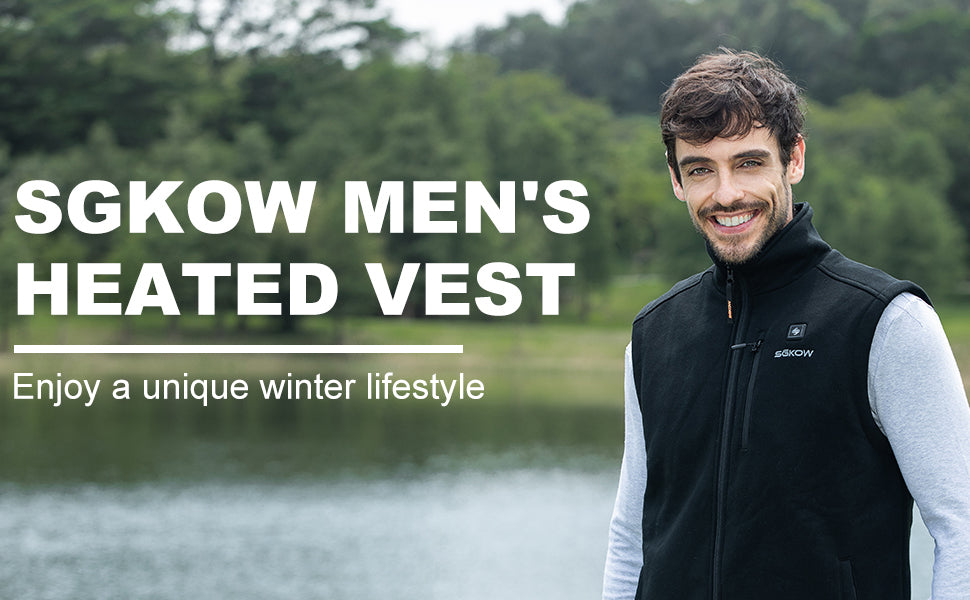
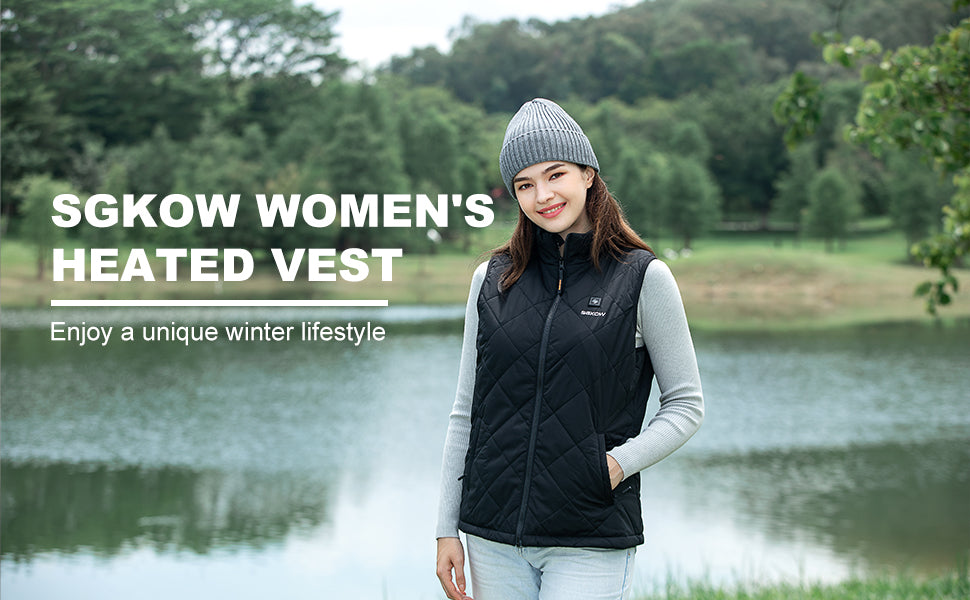
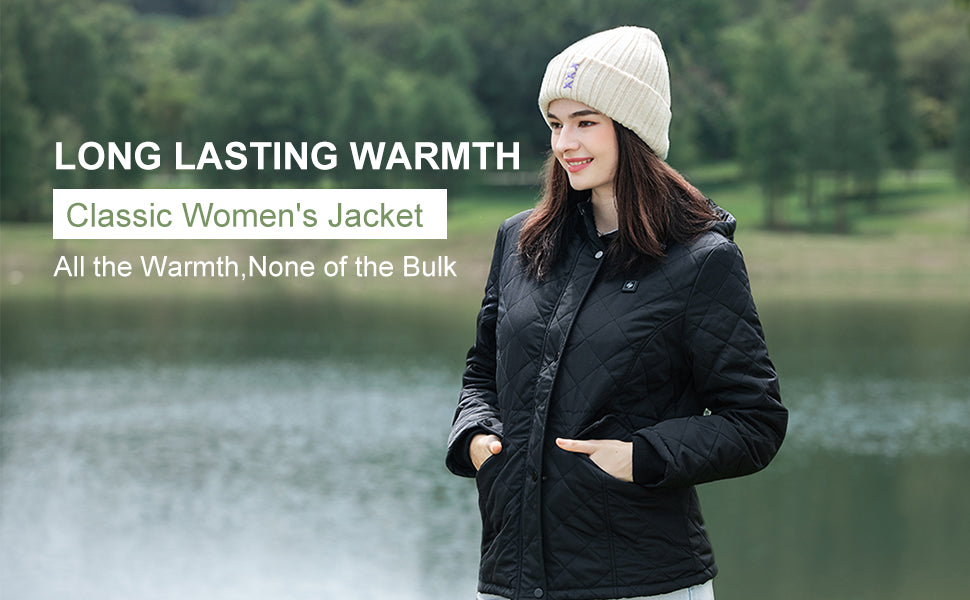


















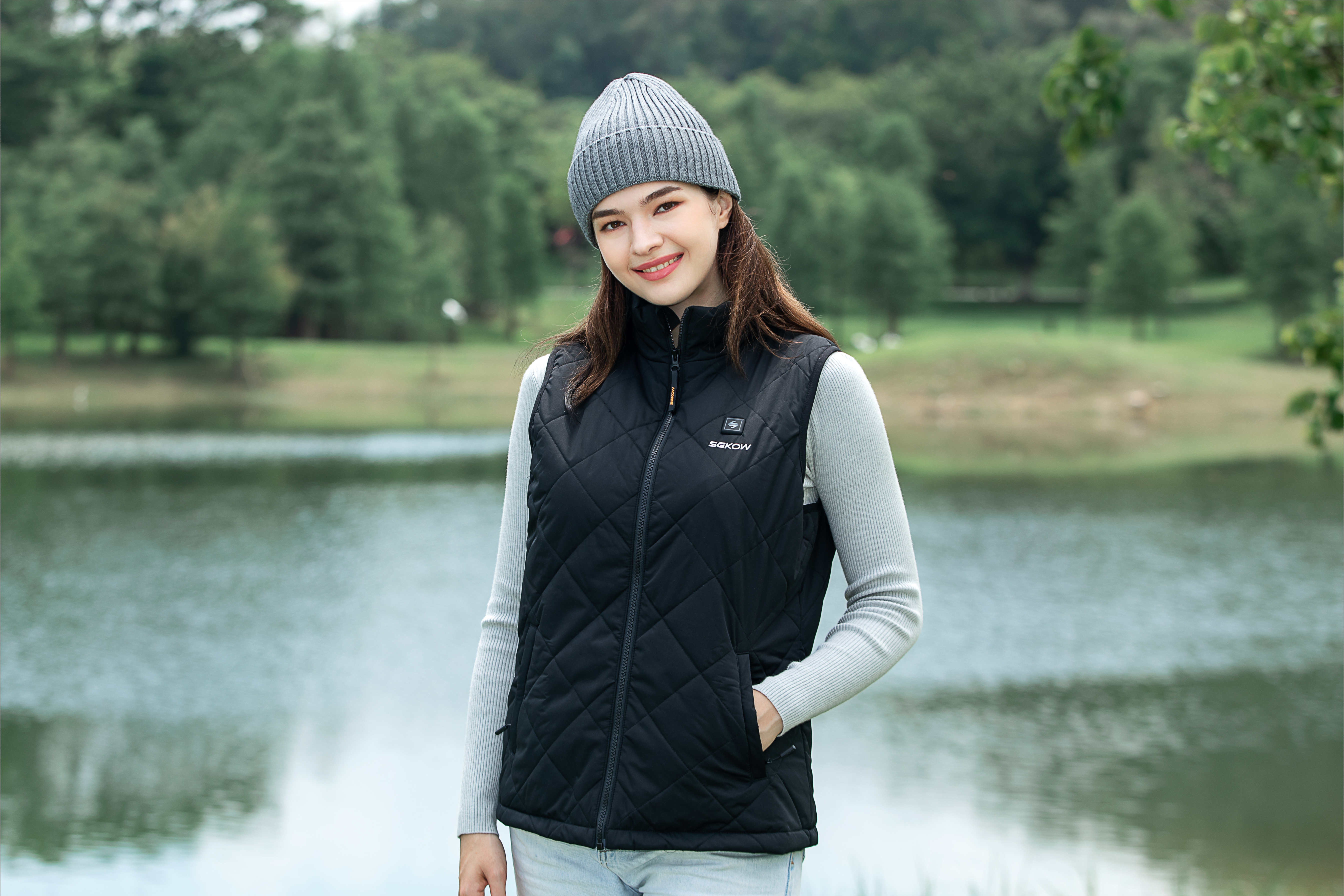
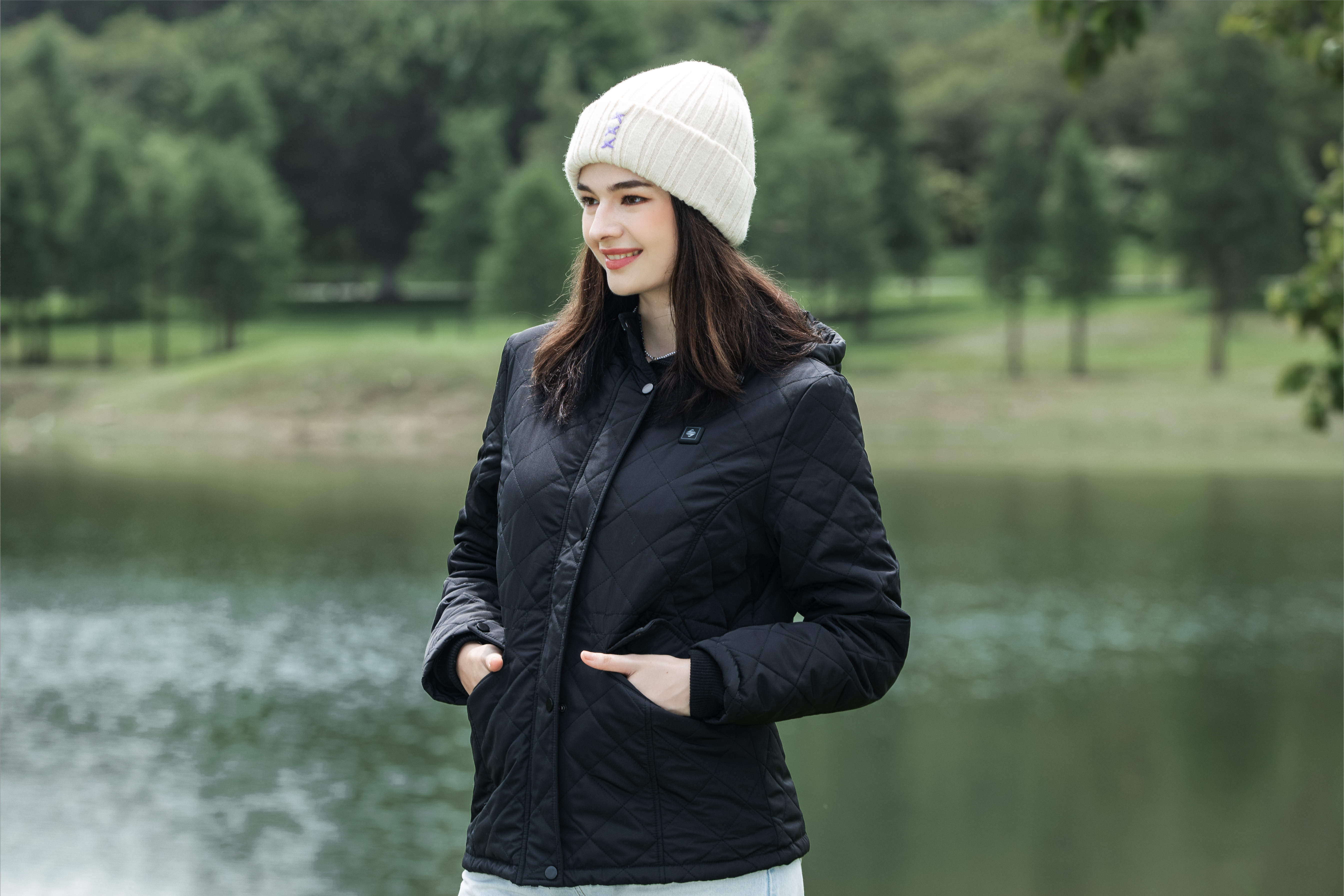

Leave a comment